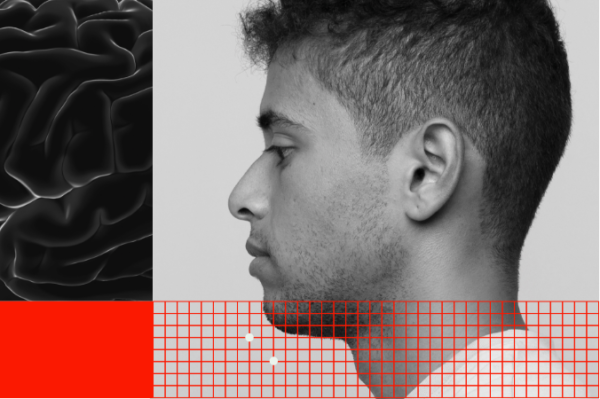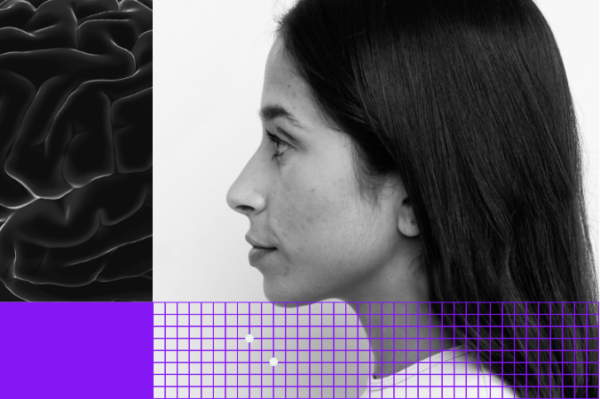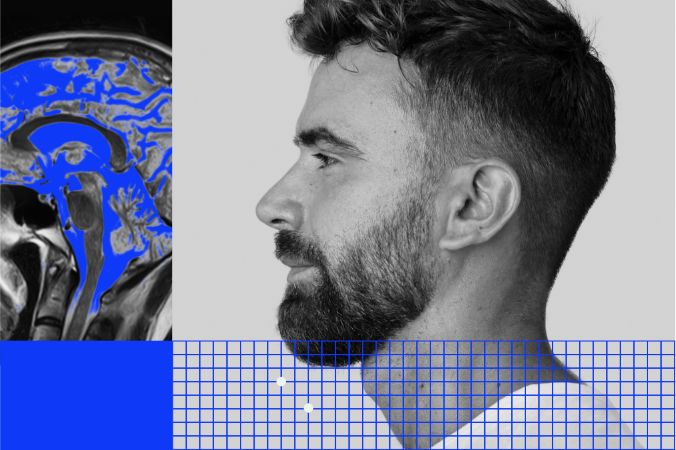Solutions
Advanced AI tools for improved disease prediction and monitoring
Bringing pace and precision to disease detection and observation
Our solutions use the power of AI to generate advanced datasets and deliver objective insights. With a suite of modules covering a range of medical conditions and scan technologies, we empower you to streamline your workflows and elevate patient care.

Clinically advanced non-invasive imaging acquisition for precise prostate cancer detection
Clarity for health professionals & confidence for patients
Though designed for interpretation by health professionals, our reports deliver a level of clarity that can be passed on to patients, directly increasing their confidence in their care.

AI radiology news
Stay up to date with the latest insights, advances and clinical applications
"NeuroAlign CT allows me to read faster and with more confidence"
Dr. David Vu
MD - Radiology, Scripps
"Adding NeuroQuant® to our clinics has led to earlier diagnoses of neurodegenerative diseases with increased diagnostic confidence"
Dr. Pablo Coimbra
Fortaleza General Hospital
"[RSI] technology has allowed for improved prostate cancer detection by helping distinguish aggressive lesions from normal prostate tissue"
Dr. Michael Liss
MD, Urology, UT San Antonio






